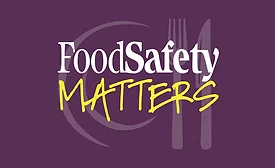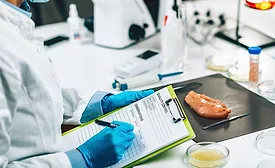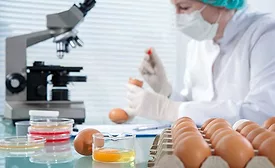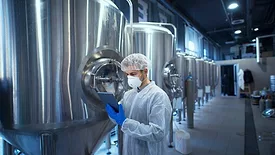Testing & Analysis
BIZTRACKS
SGS Expands With New Food Safety Testing Facility in New Jersey
October 18, 2024
How is the Revolution in Technology Changing Food Safety?—Part 3
Food safety professionals continue to be focused on efforts to continually get better at their fundamental responsibility to produce safe food
October 15, 2024
Putting PFAS to the Test: Mitigating the Risks of PFAS Exposure and Litigation
By identifying which manufacturing steps have a higher likelihood of introducing PFAS into the product, manufacturers can focus their monitoring efforts on those weak areas
October 15, 2024
Never miss the latest news and trends driving the food safety industry
eNewsletter | Website | eMagazine
JOIN TODAY!Copyright ©2025. All Rights Reserved BNP Media.
Design, CMS, Hosting & Web Development :: ePublishing













